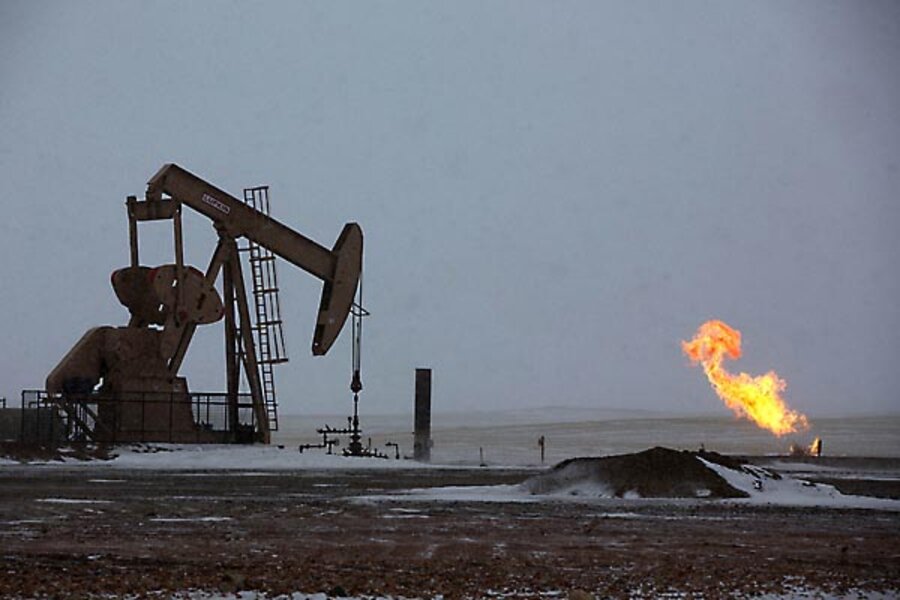State department approves pipeline to Canada. No, it's not Keystone XL.
Loading...
The U.S. State Department approved on Wednesday a pipeline to Canada.
However this was not the controversial Keystone XL pipeline that has been the subject of environmental and political battles in the United States Congress. Rather, it is a pipeline to carry ethane from the Bakken formation in North Dakota, through Saskatchewan, to Empress, Alberta.
Ethane is extracted from natural gas and is used in various industrial processes. In Alberta, it will be used in the petrochemical industry, where it is key to the production of detergents, plastics, rubber, and other consumer products. (Related article: Next Shale ‘Boom’ - Our Money’s on Russia)
The pipeline concerned is called the Vantage Pipeline. It will be 430 miles long (of which 80 miles is in North Dakota before it crosses the international border) and cost an estimated $300 million to construct. It will mark the first time that liquids from this region of North Dakota's reservoirs will flow into existing Albertan infrastructure. Construction of the pipeline segment inside Canada has already been under way for some time, according to reports.
The contract for the gas product, starting at 40,000 barrels per day (bpd), and with a maximum projected throughput of 60,000 bpd, was signed three years ago between Canada's most important plastics producer, Nova Chemicals Corp, and the Hess Corp plant in Tioga, North Dakota.
According to North Dakota's Senator John Hoeven, roughly one-third of all gas produced in North Dakota is burned off, so the Canadian market for this product will help to cut down on gas flaring and emissions, beyond producing another revenue stream for his state's industry.
The pipeline is "another major piece of infrastructure that will help us build our North American energy security partnership with our closest friend and ally Canada," he added in a press statement. Hoeven has worked through contacts in the executive branch's bureaucracy for approval of the Vantage pipeline for the last three years. (Related article: For Better or Worse, Big Oil has Big U.S. Future)
North Dakota is rich in ethane and other natural gas liquids but it has limited export capacity for these commodities, and ethane in particular, said Justin Kringstad, who directs the North Dakota Pipeline Authority.
The three years required for the American permit is relatively fast by Washington bureaucratic standards. A decision on the Keystone XL pipeline, already awaited for five years, is promised by the end of summer.
Representative Kevin Cramer of North Dakota commented, "[W]e can only hope [President Obama and the State Department] will apply this [free trade] logic to other projects including Keystone XL."
The new U.S. Energy Secretary Ernest Moniz has promised the streamline and accelerate the department's decision-making processes overall. Decisions on LNG export are likewise promised before the end of the year.
Original article: http://oilprice.com/Energy/Energy-General/State-Department-Approves-Non-Keystone-Pipeline-to-Canada.html







